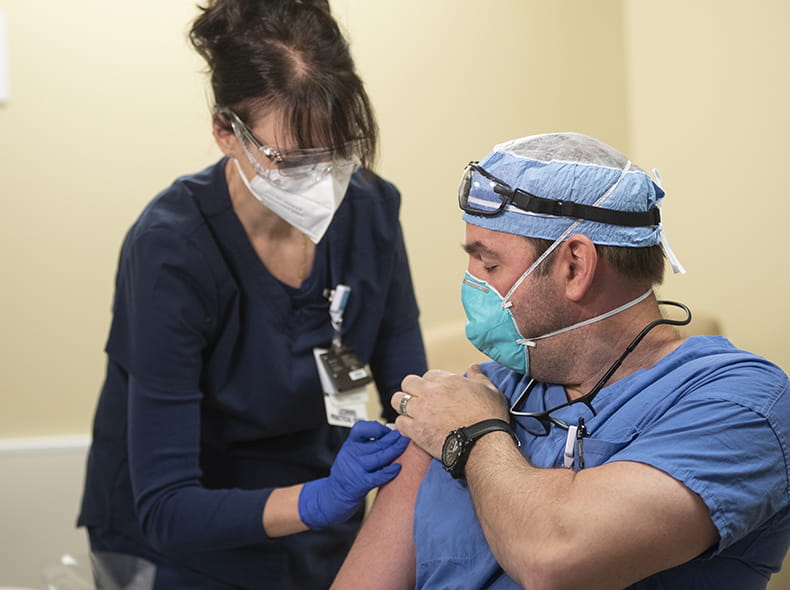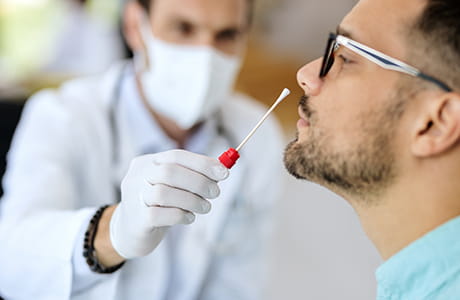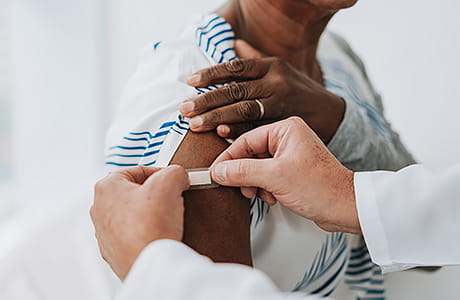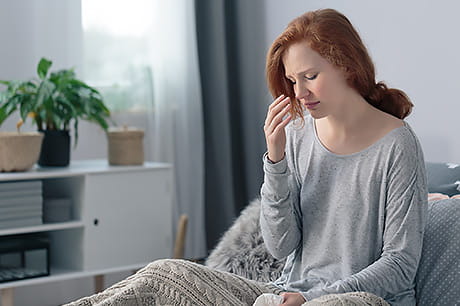
Stay up to date on COVID-19
Find the most recent Geisinger COVID-19 policies, get answers to your questions or schedule a vaccine.
Need a COVID-19 test?
If you have COVID symptoms like fever, cough or shortness of breath, or you’ve been around someone with COVID-19, scheduling a test is easy.
Latest COVID-19 updates
Pre-surgical testing
Before your surgery, we’ll check you for COVID symptoms. If needed, we’ll postpone your procedure until you’ve been symptom-free for 72 hours. For more information, talk to your healthcare provider.

Content from General Links with modal content




